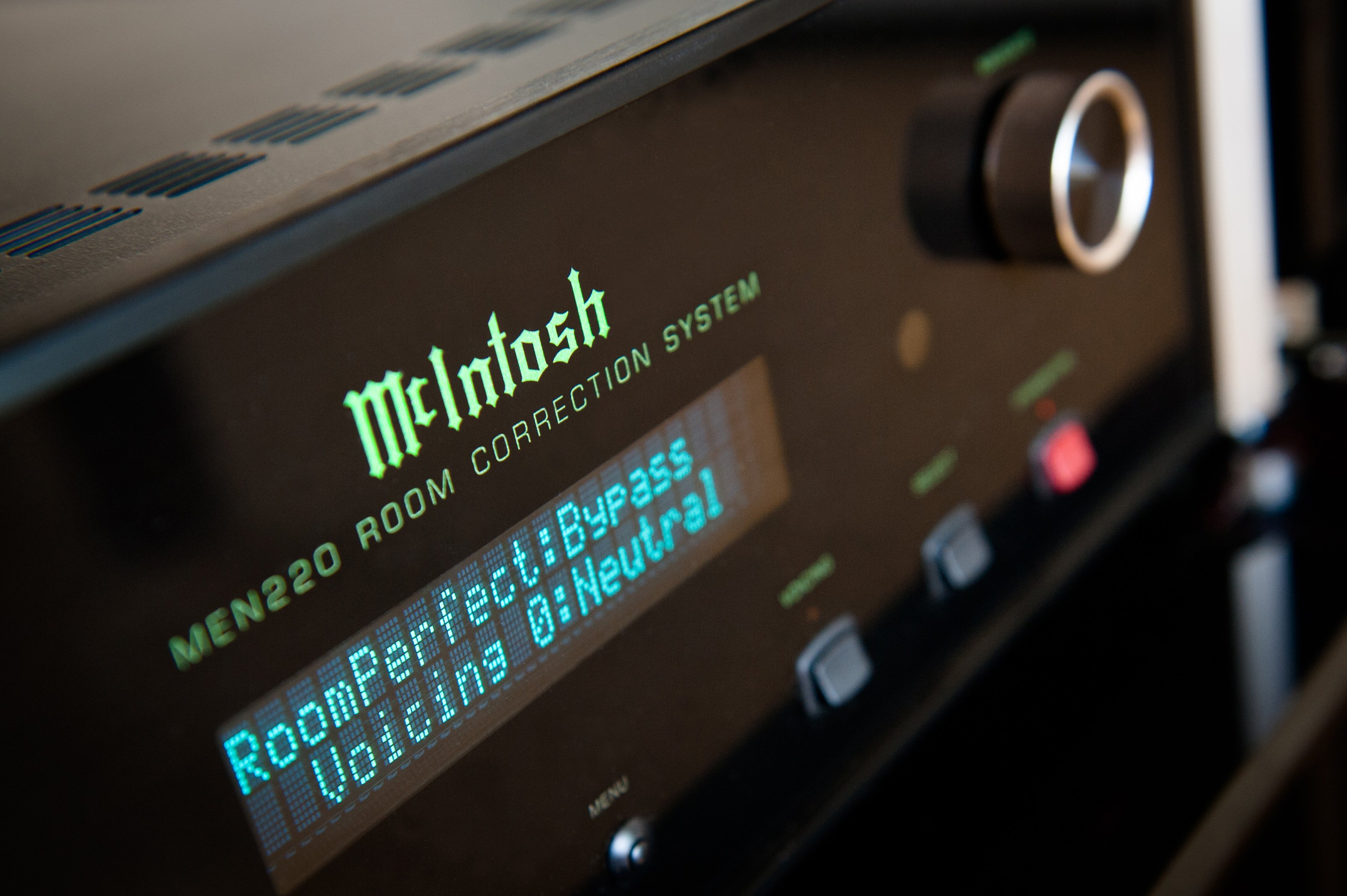Does the measurement show two speakers playing unisono, it looks like that? If yes, the spl response shown is pretty typical (mic not in ablsolute center). It the Lyngdorf software does that only, I wouldn't give it a chance...
I have found it more "productive" to measure each driver separately. Optimal response curve is different then, because of no comb filtering (from two speakers). It is very informative to do several measurement by changing mic location. It would be informative to do several measurements by moving the speaker too. This way the user starts to learn what each wiggle in the response stands for, and could do specific adjustments to positioning and response eq. Some changes are easily smoothed by moving the speaker, others by moving the mic. Some changes are better left alone untouched.
We must remember that we perceive sound differently from a single microphone and FFT analysis. EQ softwares give different results because they use different masurements and weigh parameters differently.

